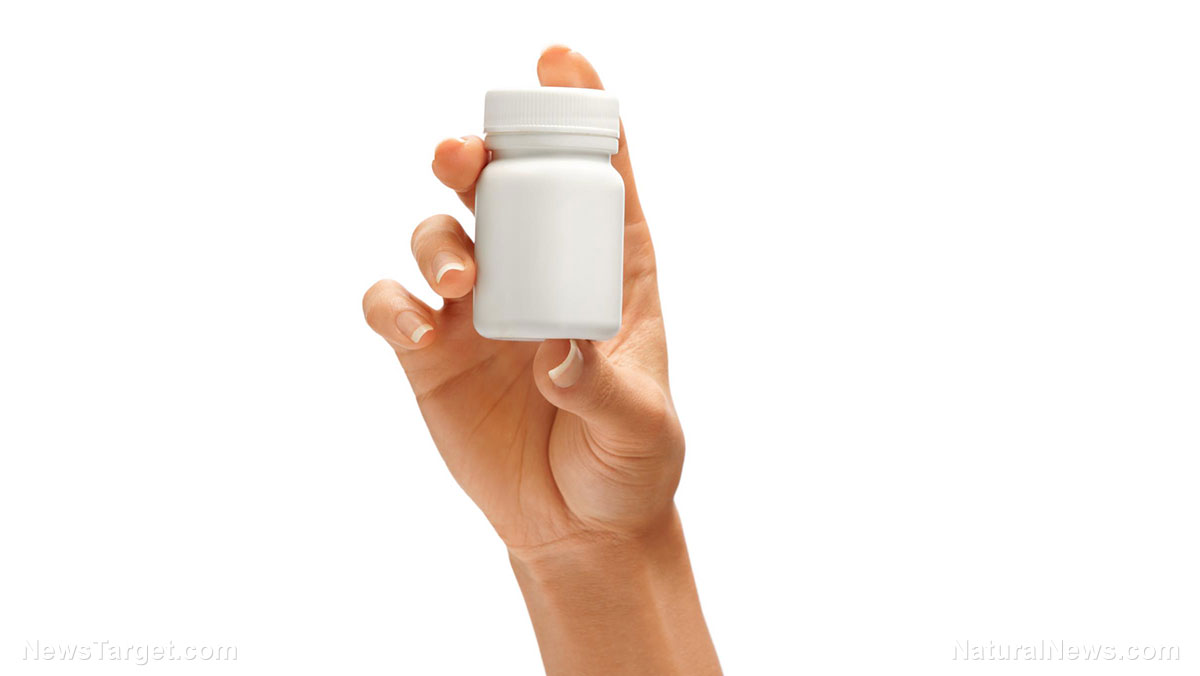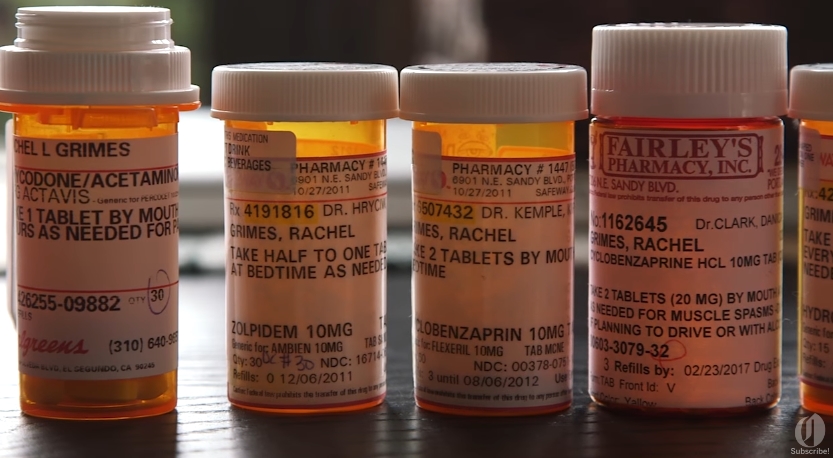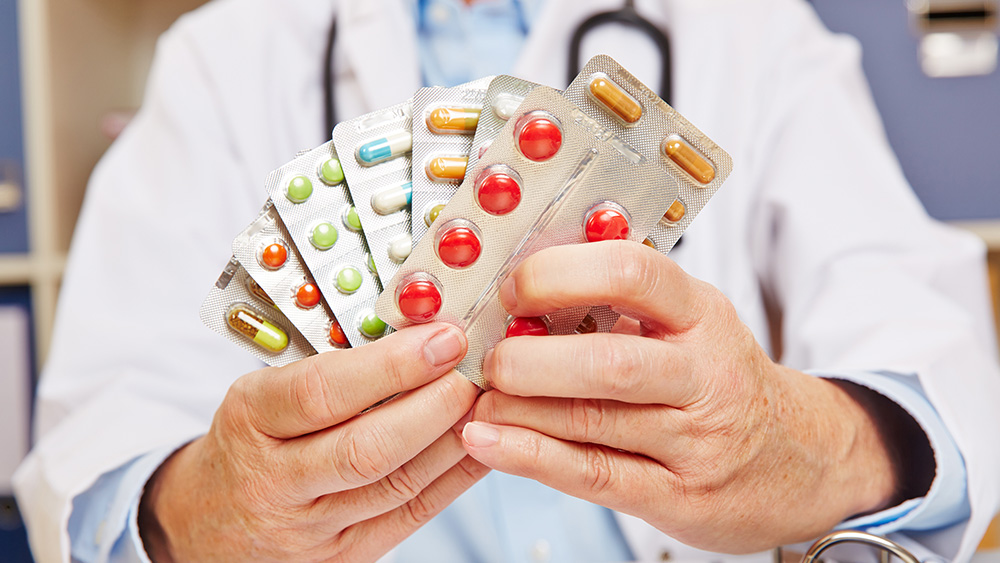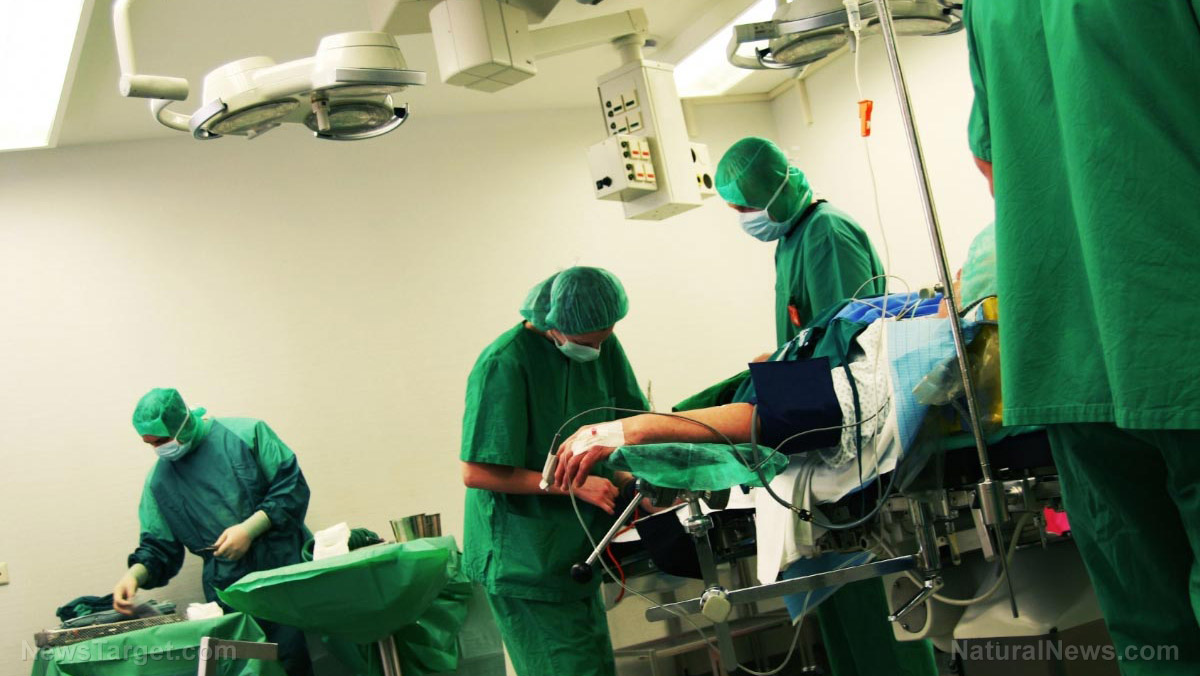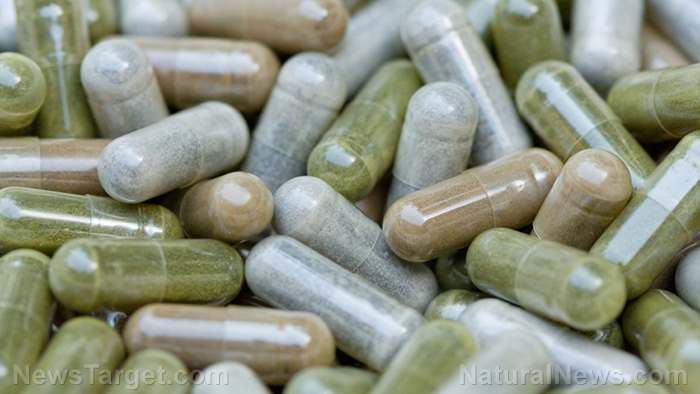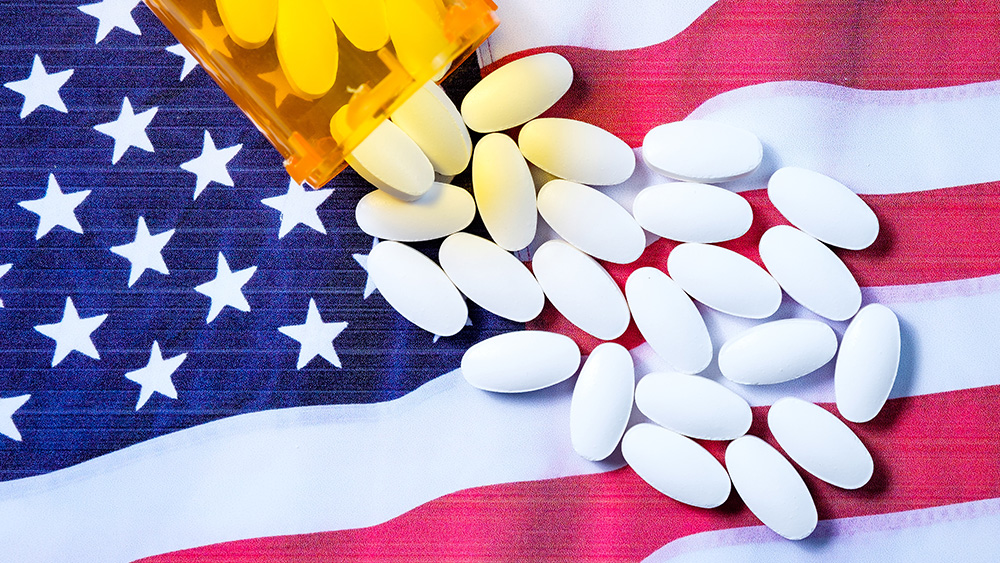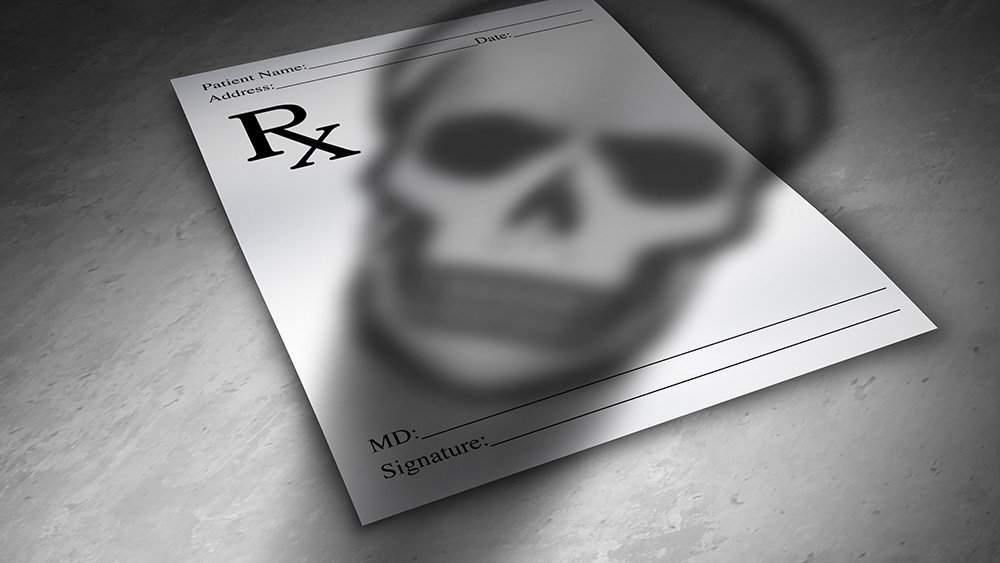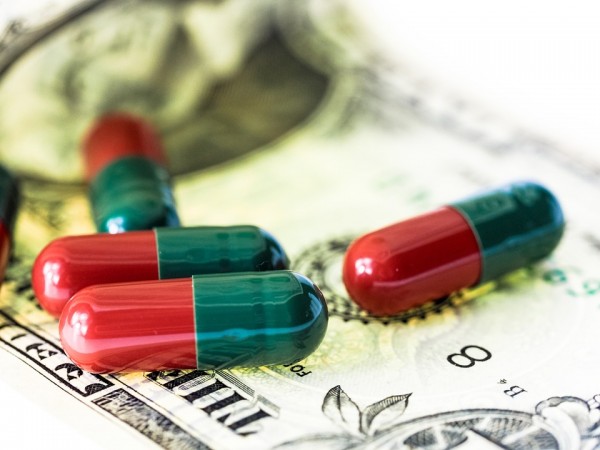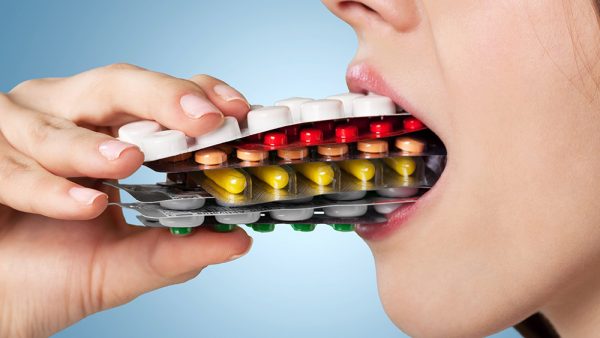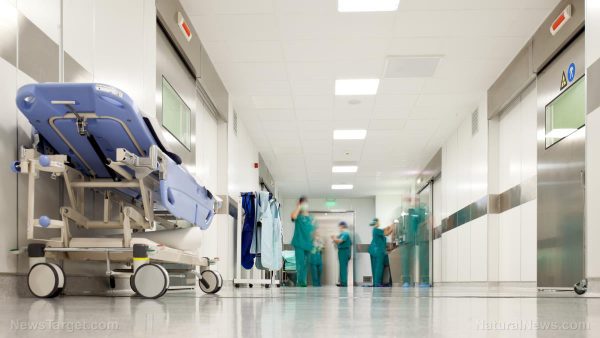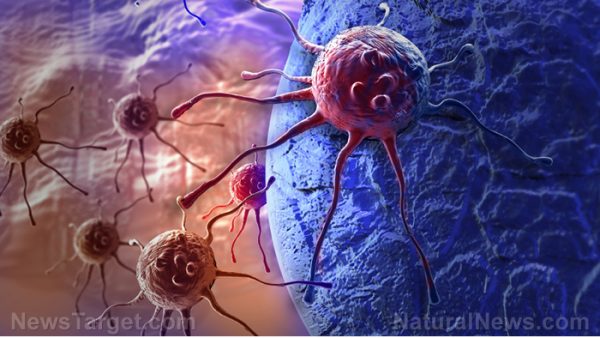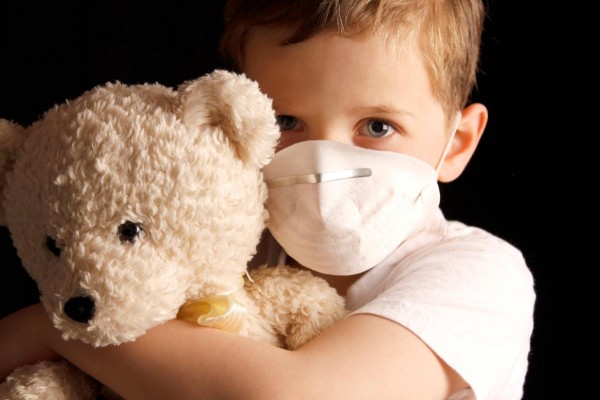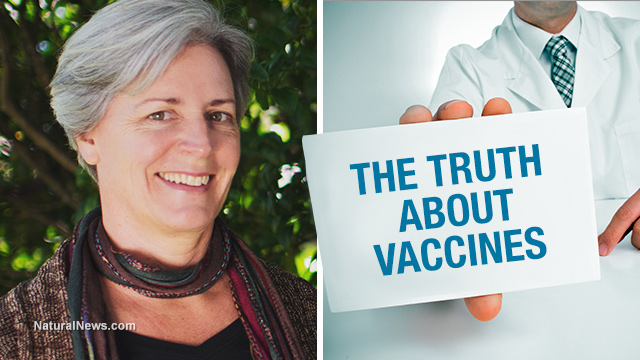Big Pharma profits: Thanks to new AHA guidelines, now HALF of all Americans have high blood pressure
11/28/2017 / By JD Heyes

The American Heart Association just changed its guidelines for high blood pressure, and guess what? Now nearly half of all Americans have the condition, leading some critics to believe this change was nothing more than a scam to “create” a health problem in order to further enrich Big Pharma.
As reported by CNN, the sudden guideline change now means tens of millions more Americans — roughly 46 percent of the total population — are now considered to be stricken with hypertension, the medical term for high blood pressure.
And don’t you just know that this change will mean billions more in earnings for pharmaceutical companies as the newly designated hypertensive patients will no doubt have to be placed on BP-lowering medications.
Previously, the AHA considered a blood pressure of 140/90 to be hypertensive and in need of treatment. Now, the new BP is 130/80, which — up to now — has long been considered very normal and certainly not within any realm of danger.
The AHA is joined by the American Heart Association, the American College of Cardiology, and nine other health professional groups, making the coup complete. (Related: Hypertension drugs for low-risk patients raise problems, lower blood pressure naturally,)
Health practitioners and the public are “going to be a little bit shocked or taken aback by a diagnosis of State 1 hypertension with a blood pressure of 130/80, which historically has been considered a normal, well-controlled blood pressure,” noted Dr. William White, a cardiology center professor at the University of Connecticut School of Medicine.
You think, doctor?
“That will involve 50% of men and 38% of all adult women in the US,” White, who was not involved in writing the guidelines, estimates. “So it’s a huge number of people.”
Previously, just one-in-three Americans were diagnosed with hypertension — still a large number of people, considering there are more than 320 million people in the U.S. But the new guideline adds 14 percent more Americans to the list, classifying some 103.3 million people with the condition, up from 72.2 million, the authors of a new report announcing the guidelines state.
White said that there is likely to be some confusion as well on the part of doctors and primary care providers regarding how they ought to advise patients. That’s because the new treatment guidelines are “an enormous document” (because that’s just what the medical industry needs in the age of Obamacare — more bureaucratic red tape and confusion).
The authors say that all patients newly diagnosed will need to be counseled about making lifestyle changes, including adding exercise and making dietary adjustments, such as “watching your salt, exercising more regularly, relaxing, getting a proper amount of sleep, [and] eating a little more potassium-rich fruits and vegetables,” said White. The report’s authors said that only a small fraction will need to be prescribed medication.
Riiiight.
But even so, a fraction of 30 million more “new” high blood pressure patients represents a boon for the pharmaceutical industry.
The ‘new normal’ BP, according to the guidelines, is 120/80, or less. But when systolic pressure (the first number) is between 130-139, and/or the diastolic pressure (the second number) is between 80-89, then the patient is said to have Stage 1 hypertension. Stage 2 is when the systolic and diastolic is at or higher than 140 and 90 respectively.
CNN noted further:
Hypertensive crisis is when the top number rises above 180 and/or the bottom number is over 120. At this point, patients will require prompt changes in medication or immediate hospitalization if there are signs of organ damage.
The new guidelines eliminate the category of prehypertension, which was used for systolic readings between 120 and 139 or diastolic numbers between 80 and 89.
The guidelines also recommend drugs for patients who are having related health problems along with the new hypertension designation.
White, a practicing physician, said “it’s going to be a really tough challenge” for most doctors to accept the new normal as compared to the old normal and treat the condition with medications.
“This will cause the greatest amount of controversy with physicians,” he predicted.
And with naturalist patients as well, no doubt.
Read more of J.D. Heyes’ work at The National Sentinel.
Sources include:
Tagged Under: American Heart Association, Big Pharma, BP guidelines, drug cartels, high blood pressure, hypertension, medical racket, new guidelines

